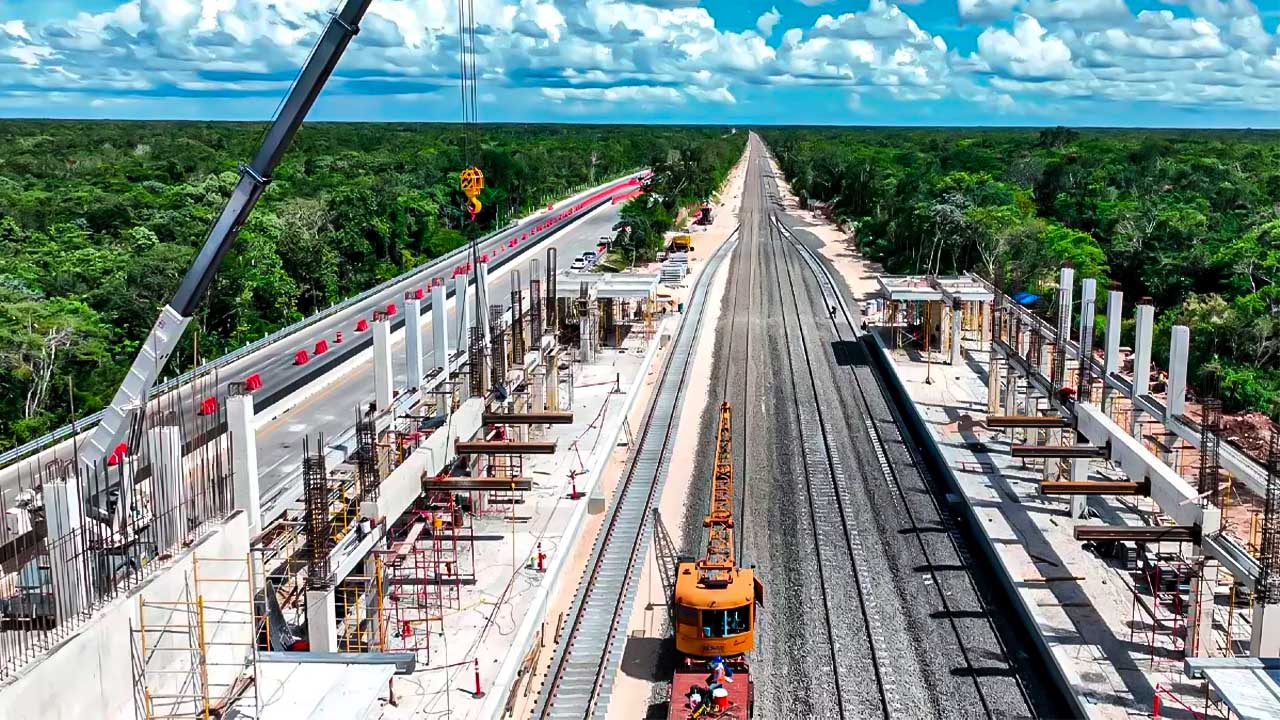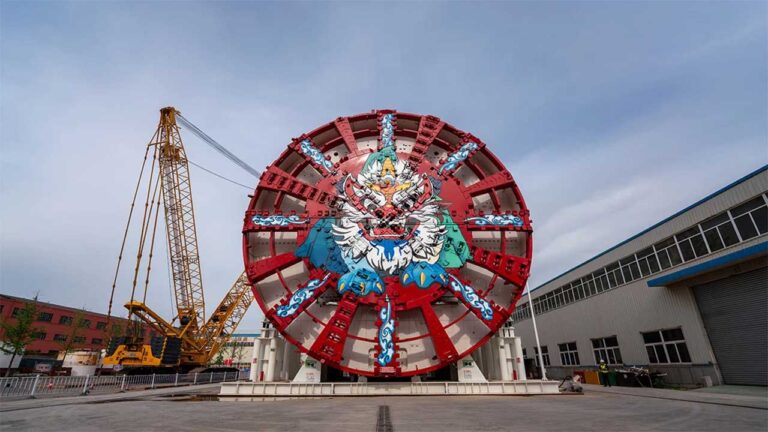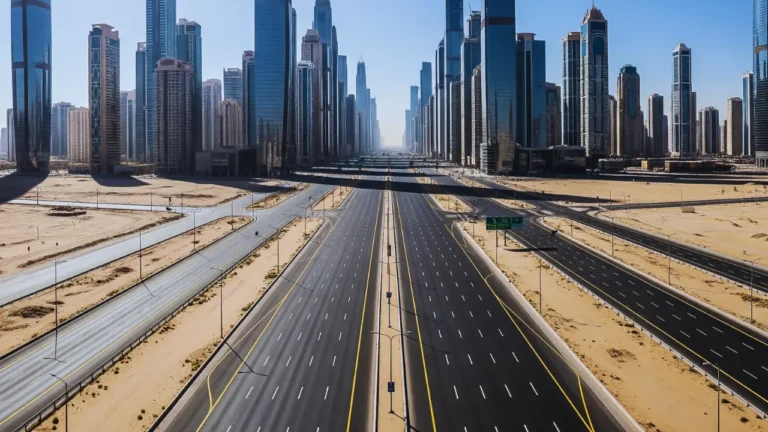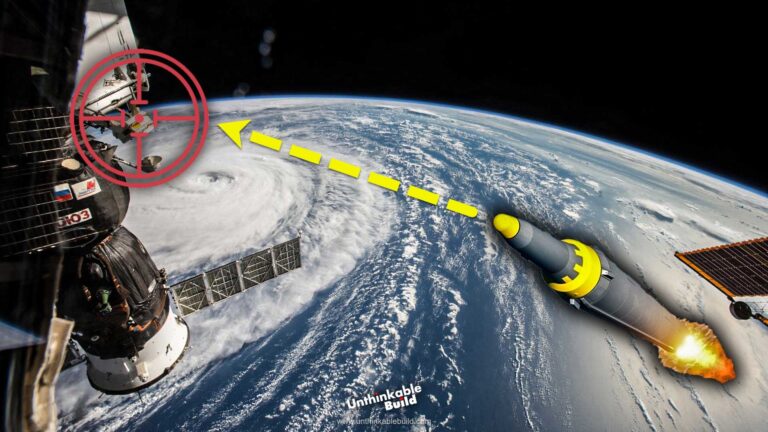Tren Maya: Mexico’s $29 Billion controversial Railway Project
In Mexico’s unfolding railway saga, progress and tradition intertwine, shaping the nation’s essence and connections. Here, amidst lively cityscapes and rugged terrains, the railway stands as a vital lifeline, weaving tales of trade, heritage, and ambition.
The Freight Services are the sturdy backbone of Mexico’s industrial prowess. From bustling ports to the borders with the United States, the railway forms a crucial link, connecting major cities and factories, smoothly transporting goods across the country’s vast expanse.
However, alongside the bustling activity of commerce, the importance of Passenger Services has gained renewed attention. Since a pause in national services beginning in 1997, a new chapter began in 2008 with the introduction of the Tren Suburbano. This commuter rail injected fresh vitality into Mexico City’s transit network, improving connectivity between urban hubs and suburban areas.
Yet, amid reflections on past achievements and present developments, the promise of tomorrow looms large. Mexico’s railway infrastructure is on the brink of transformation. With ambitious plans to lay approximately 1,930 kilometers of new track by 2024, including the ambitious Tren Maya, connecting the Yucatán Peninsula, and the introduction of the Tren Transísmico, linking the Pacific and Atlantic coasts, Mexico is poised for a new era in rail transportation.
Also Read: Luxury Bunkers: Why the Super-Rich are Preparing for Apocalypse
The Tren Maya project was unveiled in September 2018 by Mexican president-elect Andres Manuel Lopez Obrador, after earlier proposals for a shorter 900-kilometer line. However, the project has stirred considerable controversy due to its environmental ramifications and potential impact on indigenous territories.
What are the shortcomings in this project that have led to continuous criticism, even as construction progresses?
The Tren Maya, also known as the Mayan Train, stands as a monumental infrastructure endeavor in Mexico, with the ambitious goal of linking various key locations in the southeastern part of the country. This project has been hailed as “the greatest construction endeavor globally,” promising a novel way for travelers to explore Mexico’s ancient Maya sites. The route of the Tren Maya is meticulously designed to traverse through five states, namely Quintana Roo, Yucatán, Campeche, Tabasco, and Chiapas.
The project is multifaceted, with each aspect contributing to its overarching vision. Its primary objective is to link diverse tourist destinations, creating connections between popular Caribbean locations and lesser-known inland sites, which encompass historic Mayan ruins, primarily in the southern and southeastern parts of the country.
Tren Maya project also seeks to bolster economic development by enhancing transportation infrastructure, thereby stimulating growth in the southeastern region of Mexico. Moreover, the railway endeavors to improve social welfare by increasing accessibility and mobility for local residents, thereby fostering social development within communities.
Project’s inception was marked by ambitious goals to connect various regions in the southeast of Mexico, fostering tourism and development. Initially, the project was estimated to cost approximately $7.4 billion.
However, the journey of the Tren Maya has been marked by challenges and deviations from its initial estimates. As it progressed, the actual cost of the project surpassed the initial estimation, now standing at around $28.5 billion. The project encountered hurdles during its development, including significant cost overruns, resulting in a budget that escalated approximately three times over its original projection.
Remarkably, the Tren Maya has been financed entirely with Mexican public funds, underscoring its significance as a transformative infrastructure endeavor. Despite the financial and logistical challenges, the project remains a pivotal investment in Mexico’s transportation infrastructure, linking major towns and stimulating economic growth in the region.
Nonetheless, Tren Maya project has sparked significant environmental concerns and impacts in the Yucatán Peninsula.
Large swathes of forest have been cleared to accommodate the railway tracks, disrupting ecosystems, threatening biodiversity, and reducing habitat for wildlife. This deforestation is compounded by the fragmentation of natural habitats due to the train’s construction, which hampers species movement and diminishes genetic diversity.
The Yucatán Peninsula features a unique karst topological zone with geological phenomena like fractures, faults, and Cenotes or water-filled sinkholes. The Tren Maya passes through this sensitive area, potentially impacting water quality, cave systems, and underground ecosystems. The region is home to 33% of Mexico’s freshwater, making the project’s impact on water reserves, infiltration, and contamination a significant concern. water-filled sinkholes, vital components of the local ecosystem, are particularly at risk due to the railway’s construction.
Furthermore, the operational phase of the train introduces noise pollution, affecting wildlife behavior and contributing to elevated stress levels among animals. Fires caused by human activity during construction pose a threat to vegetation and wildlife.
Also Read: This $3BN Henderson may be the World’s Curviest Skyscraper
Experts concerned about Tren Maya’s environmental impacts emphasize the necessity of a comprehensive approach, encompassing legal measures, community involvement, and environmental responsibility. Furthermore, activists advocating for environmental preservation and indigenous rights raised objections to the construction of new railway tracks through the jungle.
Despite the project being exempted from standard environmental impact assessments, ongoing efforts are underway to scrutinize the environmental procedures related to the Tren Maya. Experts and environmentalists are closely monitoring the project’s impact on ecosystems, water resources, and biodiversity.
The potential implementation of a citizen complaint mechanism is being explored in relation to the project. Ensuring transparency and accountability allows affected communities to voice their concerns and seek redress.
Furthermore, some advocates propose a “Rights of Nature” framework, advocating for the recognition of ecosystems as legal entities with inherent rights. This approach emphasizes environmental protection and considers the well-being of ecosystems alongside human interests. Striking a balance between progress and environmental preservation remains a formidable challenge. Sustainable practices, reforestation, and habitat restoration are deemed essential to minimize the project’s impact.
Civil society groups, academics, and environmental organizations persist in raising awareness about the Tren Maya’s impact. Advocacy efforts aim to influence decision-makers and promote responsible development.
Despite early warnings, inadequate planning has resulted in route changes, cost overruns, and delays. Balancing the imperative of economic development with environmental protection remains a formidable challenge.
President Lopez Obrador has stated his intention to complete the project before the end of his term in 2024. However, a market survey conducted by Fonatur, “Price waterhouse Coopers”, and other consultants in 2019 revealed that a majority of 21 construction companies considered this timeline too ambitious. They view it as an unreasonable timeframe for constructing such extensive new rail infrastructure and express concerns about the potential for substandard work, citing incidents like the May 2021 Mexico City Metro overpass collapse.
In January 2022, in an effort to accelerate construction, the route was altered to bypass Playa del Carmen. As of June 2021, only 10% of the project had been completed. This figure increased to 25% by February 2022 and further to 67% by June 2023. Operations officially commenced on December 15, 2023.
In summary, the Tren Maya’s environmental impact raises fundamental questions about its long-term sustainability and adherence to environmental standards. Striking a delicate balance between progress and conservation is paramount for safeguarding the Yucatán Peninsula’s fragile ecosystems.
The Tren Maya project stands as a significant driver of economic growth, particularly within Mexico’s southeastern region. This is an expansive railway initiative spanning 1,500 kilometers and linking 15 stations across five states in southeastern Mexico. Its fundamental objective is to unlock economic and touristic potential by providing efficient transportation for both passengers and cargo.
This ambitious project represents a substantial investment of approximately $6.39 billion. Its estimated total economic impact is an impressive $6.80 billion, with additional productivity gains projected at $1.51 billion. By connecting major urban centers and archaeological sites, the Mayan Train stimulates economic activity and fosters job creation.
The Tren Maya project has already generated over 6,500 direct jobs during its construction phase. As it transitions into full operation, it is poised to enhance trade and tourism, thereby bringing essential revenue to the region.
Beyond its economic impact, the project also contributes positively to ecological sustainability. Along its route, approximately 50,000 hectares of fruit trees are being planted to promote sustainable agriculture and biodiversity.
The Tren Maya serves not only as a transportation infrastructure but also as a potent catalyst for economic expansion, job creation, and cultural exchange within Mexico’s southeastern states.
This project offers visitors a unique cultural experience by linking various archaeological sites. Tourists can immerse themselves in the region’s rich history and culture while enjoying efficient travel between destinations.







